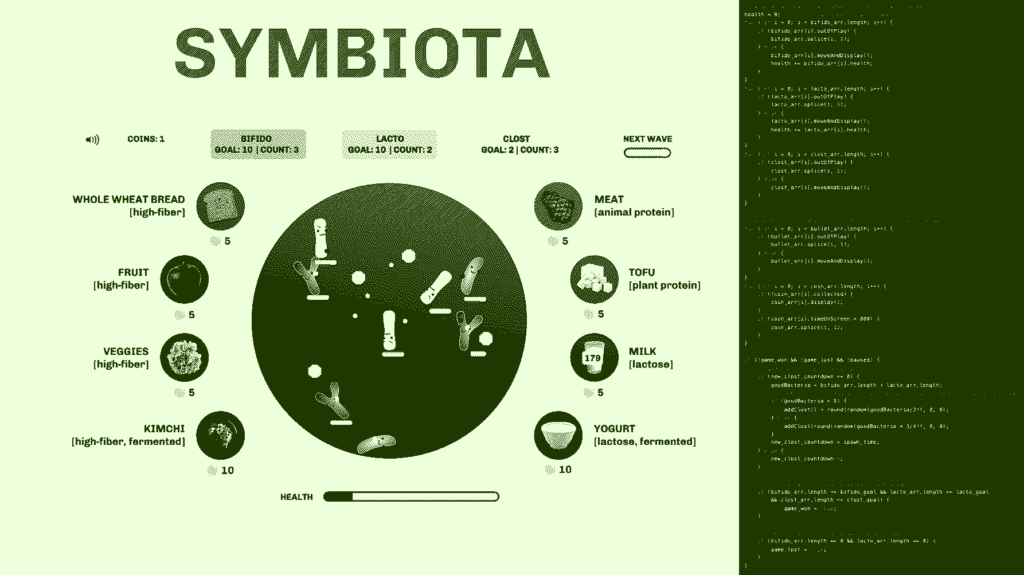
Modern farming is built for monocultures with its large scale machines dispersing synthetic fertilizers, pesticides and herbicides and the collateral destruction of biodiversity and seasonal harvesting. Permaculture is agricultural ecosystems intended to be sustainable and self-sufficient like the The Three Sisters Agriculture practice of Native Americans where three cops planted near each other are mutually beneficial by providing nitrogen or blocking sunlight or discouraging the growth of weeds. How can we design systems and hardware and software that addresses the individual needs of permaculture ecosystems at the scale of monocultures? How can we combine the ancient and analog practices of using biologicals (soil microbes, fungi, bio-pesticides) with sensor, light and robotic technologies to maximize our food yields without sacrificing taste and health benefits and not destroy our planet in the process? In this class we will look at speculative and ecosystem design, biotechnologies related to agriculture, top down and bottom up design and the scalability of these systems and practices. Students will work on small design-build projects that incorporate elements of contemporary technologies, current science and applicable methods of observation and analysis into centuries old practices of biodiversity and permaculture.